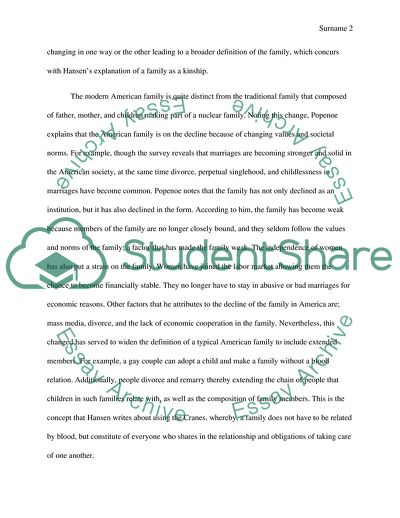Cite this document
(The Family in America, its Definition Term Paper, n.d.)
The Family in America, its Definition Term Paper. https://studentshare.org/people/1854046-the-family-in-america
The Family in America, its Definition Term Paper. https://studentshare.org/people/1854046-the-family-in-america
(The Family in America, Its Definition Term Paper)
The Family in America, Its Definition Term Paper. https://studentshare.org/people/1854046-the-family-in-america.
The Family in America, Its Definition Term Paper. https://studentshare.org/people/1854046-the-family-in-america.
“The Family in America, Its Definition Term Paper”. https://studentshare.org/people/1854046-the-family-in-america.


